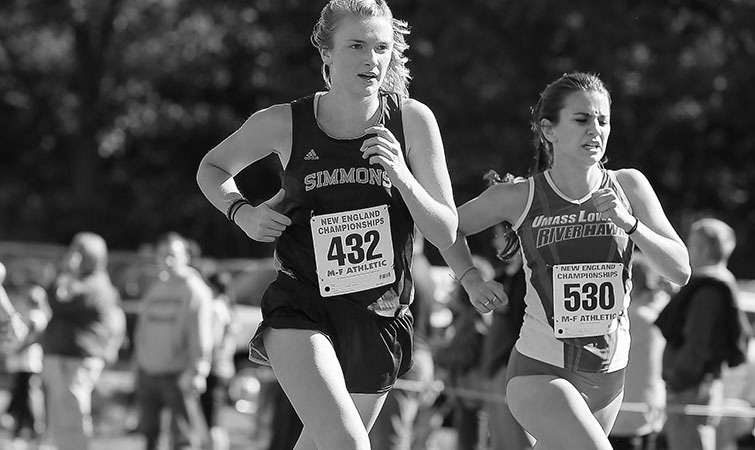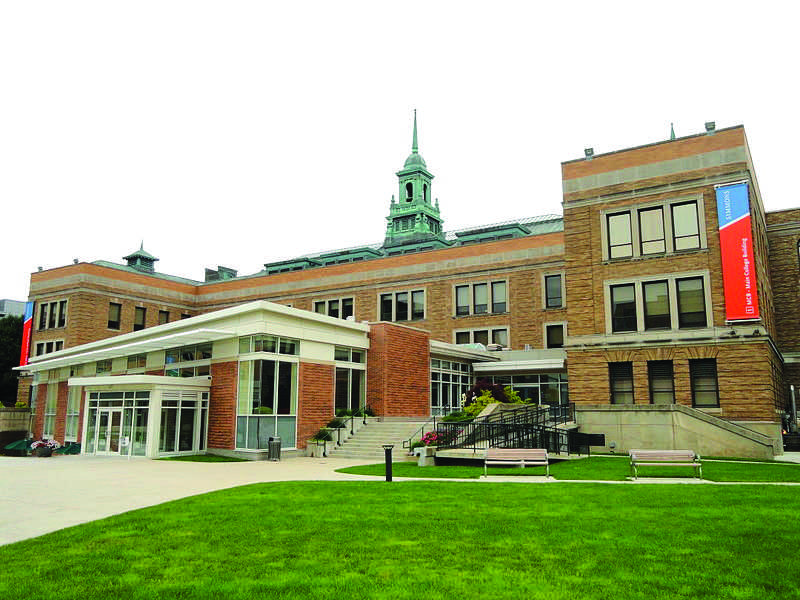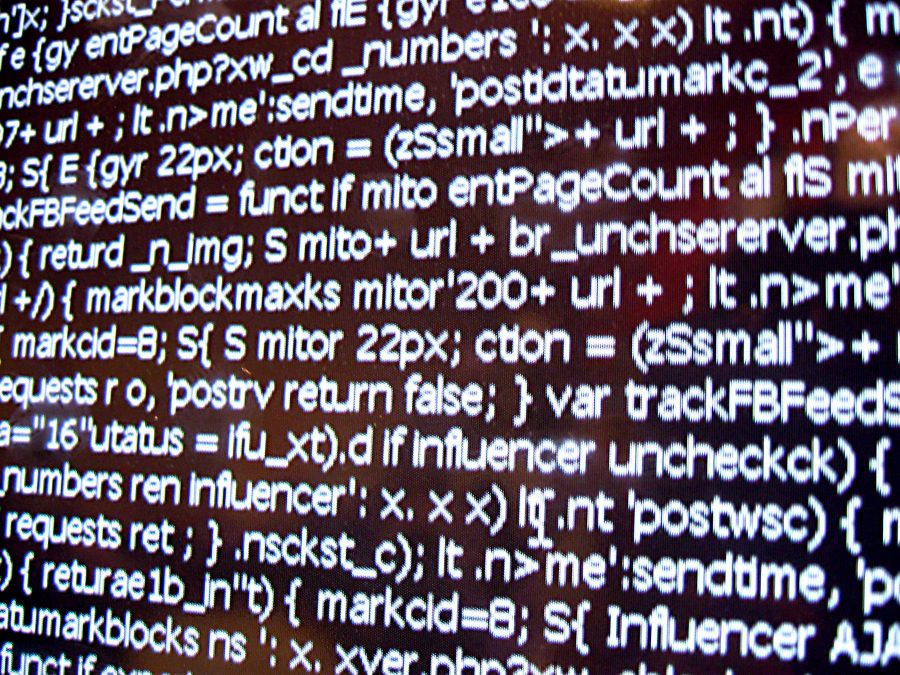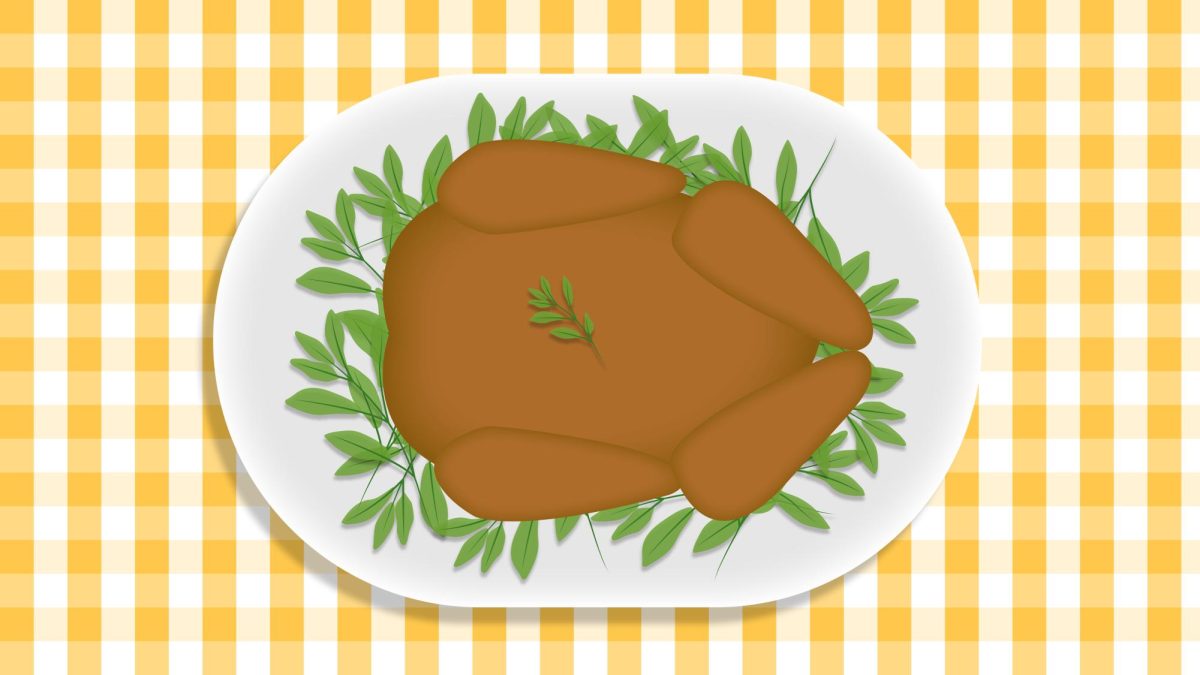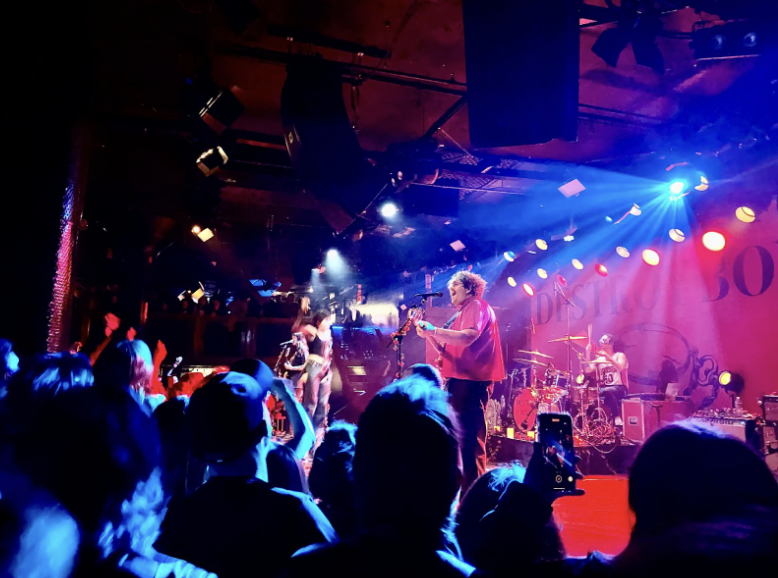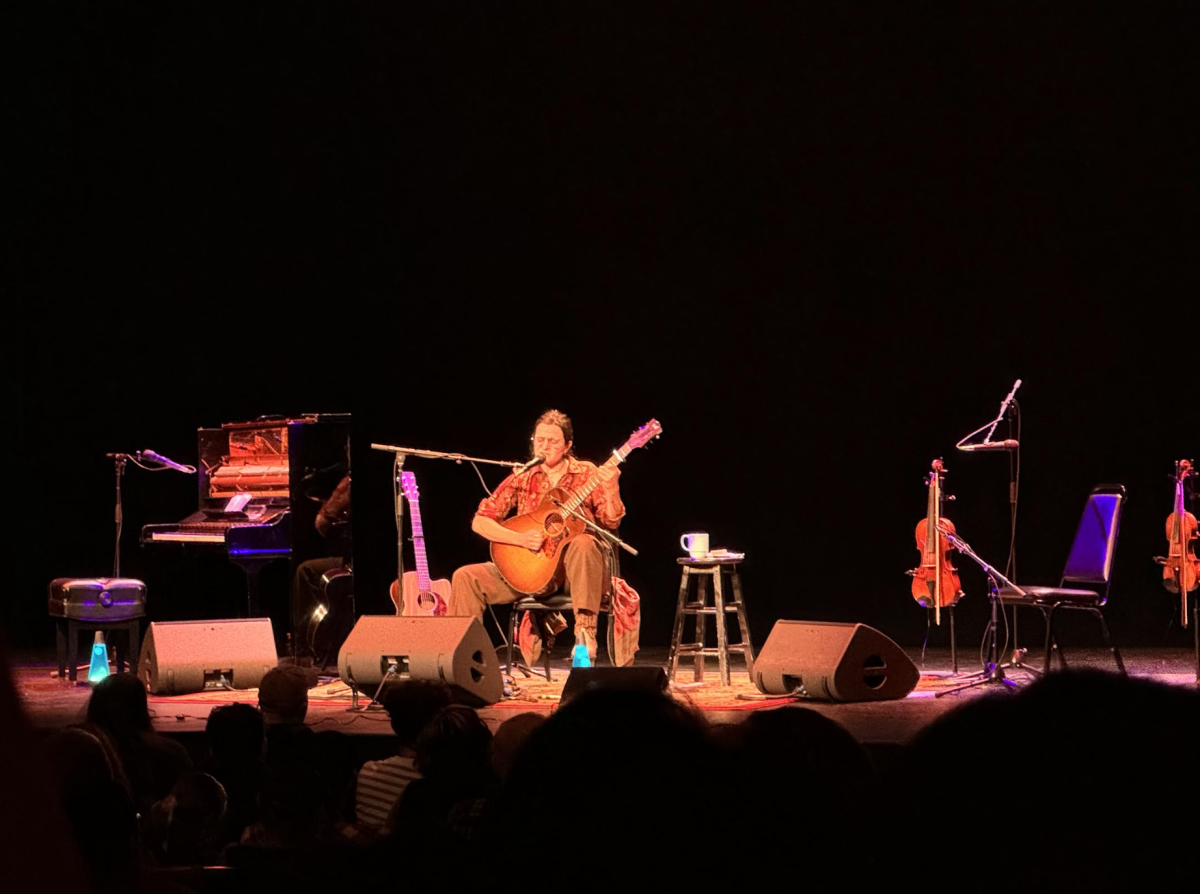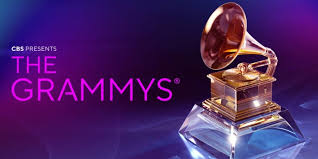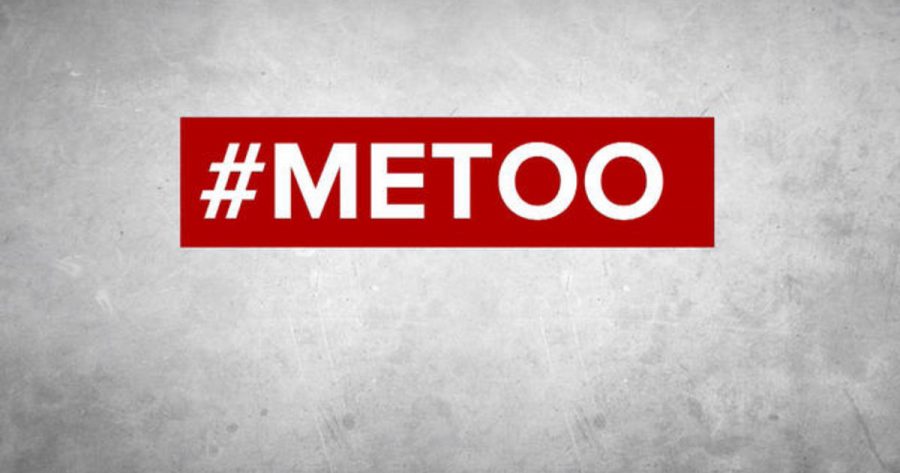By Ellen Garnett
Staff Writer
A swirl of colors swept to the left for several beats of the drum and then swept back to the right around the circle. Tiny bells attached to women’s dresses jingled during the churning of the crowd. Dancers switched directions like the ocean reeling in the tide. No, this is not a poem. This is a description of Boston University’s Raas Leela Garba.
On Saturday, Sept. 27, BU hosted the biggest Garba dance in Boston, which drew in more than 500 people. This is the second Garba that I have attended since coming to Simmons College last fall and I had an absolute blast. Participating in the Garba made me realize how important it is to experience other cultures from of the one I grew up in.
For those who are not familiar with what a Garba is, it is a traditional Indian dance that originated from the state of Gujarat in India. The word Garba is derived from “Garbha deep” which means “belly” and a “small earthen lamp,” according to IndianMirror.com and Indiannetzone.com. Traditionally, there is a perforated pot located at the center of the dance circle with a lamp inside, which symbolizes life and knowledge. There is also a picture of the Goddess Shakti and sometimes a statue of the Goddess Durga, which is one of the main forms of Goddess Shakti.
The Garba is one of the dances performed on the nine-day Hindu festival Navratri, in which these celebrations take place to generate energy for the Goddess Durga to create and preserve life. Originally, it was only performed by women, but now it includes both men and women. As a newbie to Indian culture, I really find this tradition fascinating.
Upon entering my first Garba last year at the Massachusetts Institute of Technology, I felt enchanted by the gathering of men and women dancing together in celebration of their faith. The beautiful, colorful clothes were incredible. But there was one other thing that I really appreciated: men and women dancing together as equals.
In my generation, I am accustomed to going to dances and seeing only one socially-acceptable form of dancing between men and women: grinding. I hated it in high school and I still find it degrading. When I attended the Garba at MIT and BU, it was so refreshing to see men and women dancing face-to-face rather than face-to-back. I loved watching everyone dance, especially the men, because dancing is a way of expressing emotions. In our culture, it seems that men are discouraged to dance because they might express their emotions, which could be seen as a feminine activity.
I encourage everyone to attend a Garba to see how different the gender dynamics are while dancing. Not to mention that dancing with someone face-to-face is way more enticing than wondering how the other person is feeling dancing behind you.



